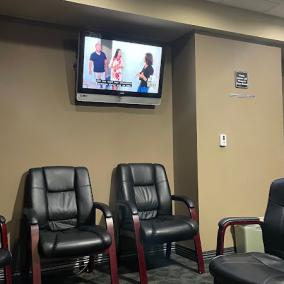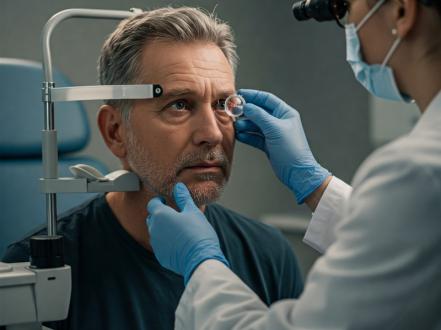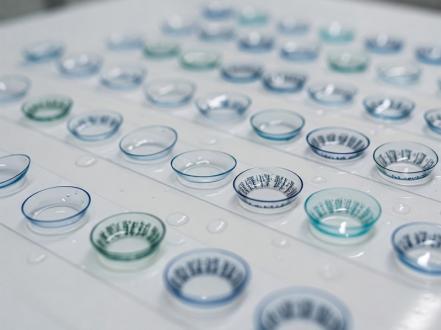Blepharitis, an often overlooked ocular ailment, pervades silently with an initially innocuous set of signs. Despite its prevalence, this condition remains largely underestimated, emphasizing the critical need for awareness. Let’s check its symptoms, etiology, and therapeutic modalities.
Know the Symptoms
The condition manifests as a disorder affecting the eyelids, particularly the follicular region of eyelash growth, inducing redness, irritation, pruritus, and the formation of flaky, dandruff-like deposits along the lashes. Typically chronic, its course is characterized by intermittent remissions punctuated by exacerbations. While discomfort and aesthetic concerns may arise, blepharitis generally spares permanent ocular impairment.
Familiarity with its clinical manifestations illuminates a spectrum of seemingly inconsequential signs that are frequently disregarded. The aforementioned symptoms comprise lacrimation, erythema of the eye and periocular region, a gritty sensation, photophobia, imperceptibly distorted and edematous eyelids, aberrant morphology or loss of eyelashes, recurrent styes or chalazion.
Why the Issue Occurs
The disorder has anterior and posterior variants and a variable origin. The anterior eyelid border impacts eyelash anchoring, while the posterior classification affects ocular lubricating glands. Bacterial eyelid infections, parasitic lash follicle infestations, and interrupted glandular secretions are all possible reasons.
Therapeutic Strategies
Management of symptom relief is the objective of blepharitis treatment. Although eradication remains difficult to reach, sustained treatment is vital. A gentle care regimen and the application of warm compresses minimize discomfort and inhibit bacterial growth.
In lieu of therapy, over-the-counter eyelid cleansers, ointments, and artificial tears are utilized. Antibiotic eye drops or ointments, oral antibiotics, corticosteroid eye drops, or adjuvant medications that target underlying comorbidities exacerbating blepharitis may reinforce the restorative process.
Blepharitis, however benign, is a common and bothersome ocular condition that requires monitoring. While incurable, good ocular cleanliness and medical treatment prevent discomfort from worsening and minimize adverse effects.

















